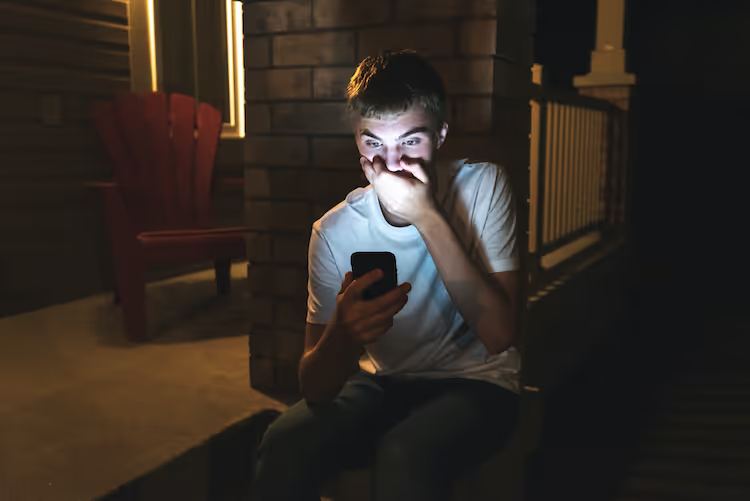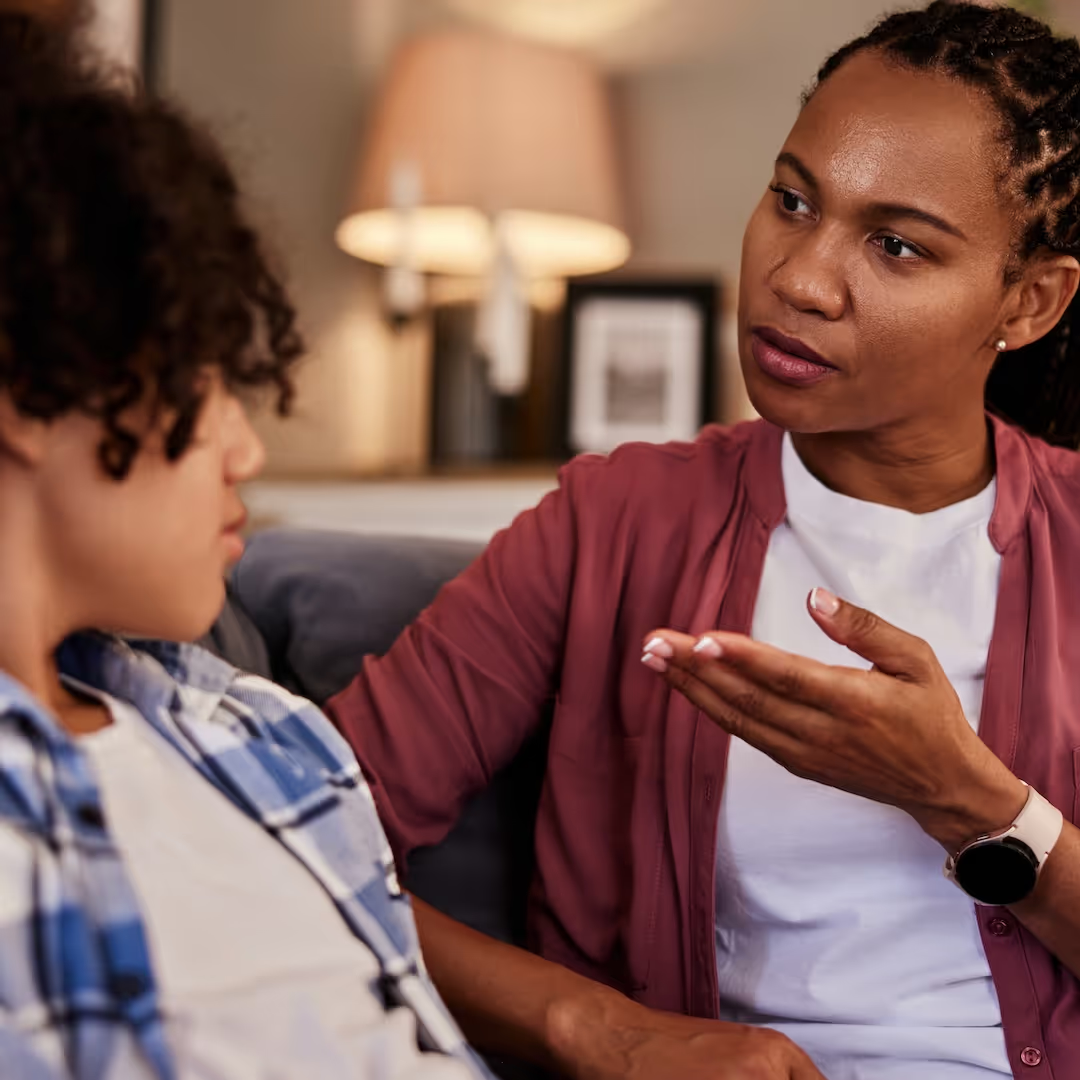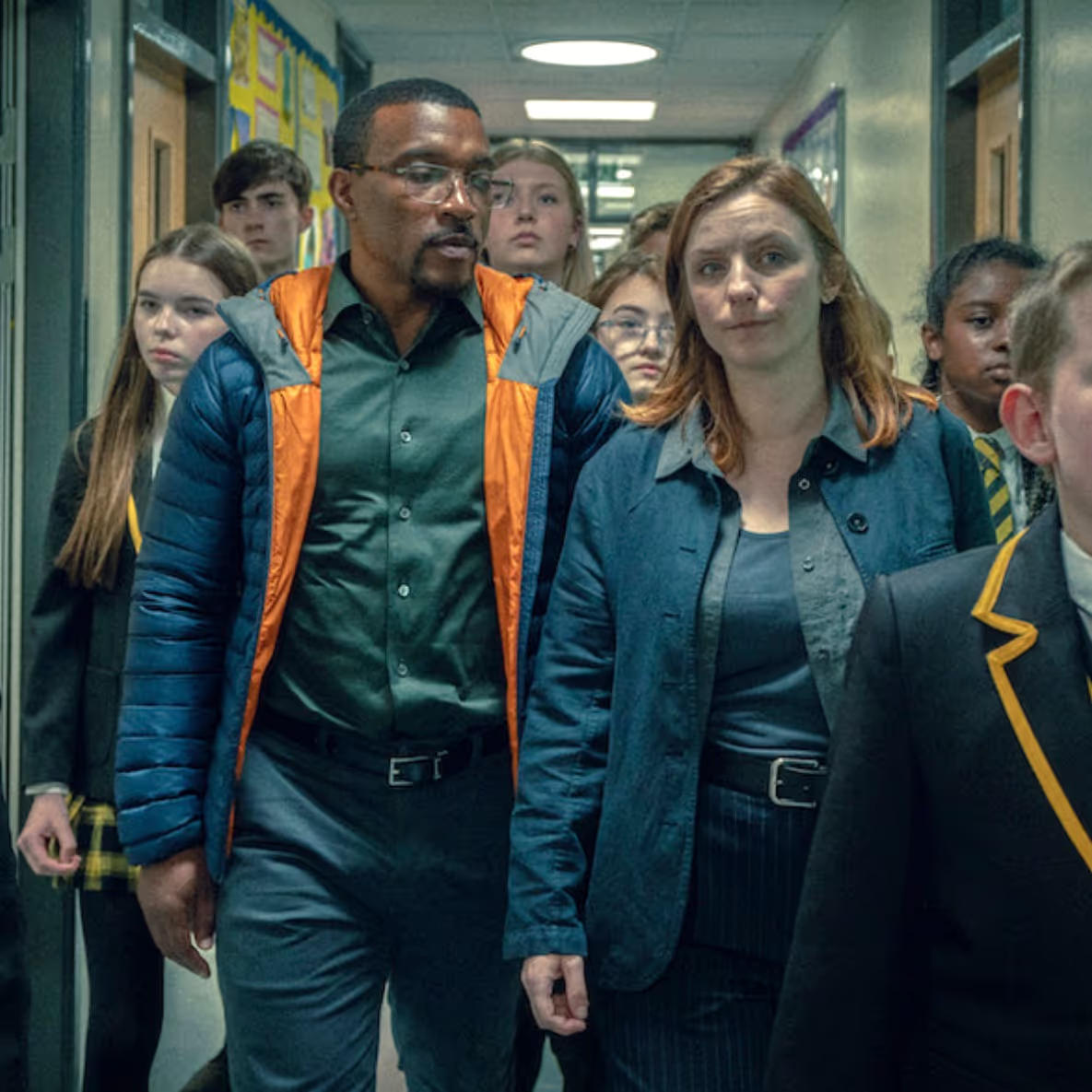



A parent recently told me how upset she was because her teen’s sports team had the following incident happen:
The team, made up of high school boys, was traveling for a tournament, and at the hotel, some of them made a video that they posted on the team's private group on a social media platform. In the video, a couple guys acted out part of a sexual act in the spirit of "goofing around." It was short, and they were fully clothed, but inappropriate nonetheless. One of the team members was upset by the post because he worried other team members could be offended by it.
The parent explained that the upset high schooler let an adult know what happened — which was great. This led to talks with adults with the team about the inappropriateness of the action. She was happy with the talks but concerned this wasn’t enough. She was looking for more resources for educating the teens about the inappropriate nature of the video.
The mom repeated a couple of times how upsetting she found it that these teens “didn’t know better” and that they would do such a thing.
Over the years, I have seen variations of similar instances of groups being inappropriate, such as rating classmates on looks and so forth.
Today I share the advice I gave to the mom who contacted me. As always, I hope these thoughts will ignite a talk on this topic with any kids in your life. The goal is to both help prevent such scenarios as well as give tools if incidents arise.
First and foremost, social rule boundary-breaking in groups can and does happen, but I have seen that parents often overestimate the occurrence. Don’t get me wrong, little hurts happen intentionally and unintentionally fairly often (being left out, not leaving a comment when a friend left one on yours), etc., but bigger deal things, not so often.
Learn more about showing our movies in your school or community!
Join Screenagers filmmaker Delaney Ruston MD for our latest Podcast

Learn more about our Screen-Free Sleep campaign at the website!
Our movie made for parents and educators of younger kids
Learn more about showing our movies in your school or community!
The main point I want to share is that these high schoolers knew on some level that this behavior was not okay, and partly that is why they did it. Together they were breaking the unwritten rules of human respect. This event was less about a lack of knowledge than about bonding via pushing limits.
It’s a fact that youth can be pulled to this type of action because they can experience a shared thrill of breaking the rules together. Similarly, things like sneaking out at night, doing petty thievery from a grocery store, graffiti, etc., are often motivated by the same thrill. In no way am I condoning these types of actions.
When it comes to posting inappropriate stuff online, often it is this same situation of breaking "rules."
I suggested the mom and her teen listen to a Hidden Brain Podcast episode in which some students accepted into Harvard created a private online group about posting inappropriate memes. The teens clearly wanted to connect with other incoming freshmen. Not a good decision. It is a superb episode to listen to with any tween or teen.
I also told the mom that it is a best practice only to require a few educational sessions. If the kids have too many educational sessions, these well-intentioned adult responses can backfire, leading teens to feel resentful of having to get the same lessons over and over.
But how to decide what is enough and not too much?
I suggested she reach out to other parents, team leaders, team players, and the coach again to foster collaboration. And she might feel a bit vulnerable in reaching out.
We need more group work to sort out sticky online situations — groups involving kids and teens, not just adults. A vulnerable village.
Learn more about showing our movies in your school or community!
Join Screenagers filmmaker Delaney Ruston MD for our latest Podcast

Learn more about our Screen-Free Sleep campaign at the website!
Our movie made for parents and educators of younger kids
Join Screenagers filmmaker Delaney Ruston MD for our latest Podcast
Finally, I mentioned the annoying fact that kids are exposed to iffy and outrageous content all the time, such as 9Gag-type apps, shows, memes, and more. In addition, developmentally, many kids start doing a lot of “third language” talk, I.e., swearing by early middle school – primarily in their social groups both online and offline.
Finally, the best part: conversation starters for fueling our kids with a gallon of wisdom when they see such behaviors play out.
As we’re about to celebrate 10 years of Screenagers, we want to hear what’s been most helpful and what you’d like to see next.
Please click here to share your thoughts with us in our community survey. It only takes 5–10 minutes, and everyone who completes it will be entered to win one of five $50 Amazon vouchers.

A parent recently told me how upset she was because her teen’s sports team had the following incident happen:
The team, made up of high school boys, was traveling for a tournament, and at the hotel, some of them made a video that they posted on the team's private group on a social media platform. In the video, a couple guys acted out part of a sexual act in the spirit of "goofing around." It was short, and they were fully clothed, but inappropriate nonetheless. One of the team members was upset by the post because he worried other team members could be offended by it.
The parent explained that the upset high schooler let an adult know what happened — which was great. This led to talks with adults with the team about the inappropriateness of the action. She was happy with the talks but concerned this wasn’t enough. She was looking for more resources for educating the teens about the inappropriate nature of the video.
The mom repeated a couple of times how upsetting she found it that these teens “didn’t know better” and that they would do such a thing.
Over the years, I have seen variations of similar instances of groups being inappropriate, such as rating classmates on looks and so forth.
Today I share the advice I gave to the mom who contacted me. As always, I hope these thoughts will ignite a talk on this topic with any kids in your life. The goal is to both help prevent such scenarios as well as give tools if incidents arise.
First and foremost, social rule boundary-breaking in groups can and does happen, but I have seen that parents often overestimate the occurrence. Don’t get me wrong, little hurts happen intentionally and unintentionally fairly often (being left out, not leaving a comment when a friend left one on yours), etc., but bigger deal things, not so often.
The main point I want to share is that these high schoolers knew on some level that this behavior was not okay, and partly that is why they did it. Together they were breaking the unwritten rules of human respect. This event was less about a lack of knowledge than about bonding via pushing limits.
It’s a fact that youth can be pulled to this type of action because they can experience a shared thrill of breaking the rules together. Similarly, things like sneaking out at night, doing petty thievery from a grocery store, graffiti, etc., are often motivated by the same thrill. In no way am I condoning these types of actions.
When it comes to posting inappropriate stuff online, often it is this same situation of breaking "rules."
I suggested the mom and her teen listen to a Hidden Brain Podcast episode in which some students accepted into Harvard created a private online group about posting inappropriate memes. The teens clearly wanted to connect with other incoming freshmen. Not a good decision. It is a superb episode to listen to with any tween or teen.
I also told the mom that it is a best practice only to require a few educational sessions. If the kids have too many educational sessions, these well-intentioned adult responses can backfire, leading teens to feel resentful of having to get the same lessons over and over.
But how to decide what is enough and not too much?
I suggested she reach out to other parents, team leaders, team players, and the coach again to foster collaboration. And she might feel a bit vulnerable in reaching out.
We need more group work to sort out sticky online situations — groups involving kids and teens, not just adults. A vulnerable village.
Finally, I mentioned the annoying fact that kids are exposed to iffy and outrageous content all the time, such as 9Gag-type apps, shows, memes, and more. In addition, developmentally, many kids start doing a lot of “third language” talk, I.e., swearing by early middle school – primarily in their social groups both online and offline.
Finally, the best part: conversation starters for fueling our kids with a gallon of wisdom when they see such behaviors play out.
Sign up here to receive the weekly Tech Talk Tuesdays newsletter from Screenagers filmmaker Delaney Ruston MD.
We respect your privacy.

A parent recently told me how upset she was because her teen’s sports team had the following incident happen:
The team, made up of high school boys, was traveling for a tournament, and at the hotel, some of them made a video that they posted on the team's private group on a social media platform. In the video, a couple guys acted out part of a sexual act in the spirit of "goofing around." It was short, and they were fully clothed, but inappropriate nonetheless. One of the team members was upset by the post because he worried other team members could be offended by it.
The parent explained that the upset high schooler let an adult know what happened — which was great. This led to talks with adults with the team about the inappropriateness of the action. She was happy with the talks but concerned this wasn’t enough. She was looking for more resources for educating the teens about the inappropriate nature of the video.
The mom repeated a couple of times how upsetting she found it that these teens “didn’t know better” and that they would do such a thing.
Over the years, I have seen variations of similar instances of groups being inappropriate, such as rating classmates on looks and so forth.
Today I share the advice I gave to the mom who contacted me. As always, I hope these thoughts will ignite a talk on this topic with any kids in your life. The goal is to both help prevent such scenarios as well as give tools if incidents arise.
First and foremost, social rule boundary-breaking in groups can and does happen, but I have seen that parents often overestimate the occurrence. Don’t get me wrong, little hurts happen intentionally and unintentionally fairly often (being left out, not leaving a comment when a friend left one on yours), etc., but bigger deal things, not so often.

So what is pornography, and how do we talk with our young people about this prickly topic? Every time I sit down to write about this, I feel a bit of sadness and, frankly, disbelief. It’s hard to accept that we’ve created a society where youth can be just a click away from all sorts of highly explicit sexual material. And yes, parental controls and blockers can help, but the internet is everywhere, and chances are, they will see things somewhere. But we have to talk about it.
READ MORE >
In today's blog I introduce and give a brief summary of my recent podcast conversation with Jo-Ann Finkelstein, PhD, psychologist and author of Sexism and Sensibility, where we spoke about many topics such as how to raise girls with fierce ambition and critical awareness of gender inequality without making them feel disheartened? And how we can help boys understand the hidden costs of rigid masculinity without shaming them into silence?
READ MORE >
Today’s TTT is about whether including the topic of porn in sex education should happen or not is a keen way of instigating dialogue with tweens and teens about porn. And remember, smartphones are unfortunately an easy portal into porn, so nudging ourselves to talk more frequently about porn is so important — these are not easy conversations to have.
READ MORE >for more like this, DR. DELANEY RUSTON'S NEW BOOK, PARENTING IN THE SCREEN AGE, IS THE DEFINITIVE GUIDE FOR TODAY’S PARENTS. WITH INSIGHTS ON SCREEN TIME FROM RESEARCHERS, INPUT FROM KIDS & TEENS, THIS BOOK IS PACKED WITH SOLUTIONS FOR HOW TO START AND SUSTAIN PRODUCTIVE FAMILY TALKS ABOUT TECHNOLOGY AND IT’S IMPACT ON OUR MENTAL WELLBEING.
